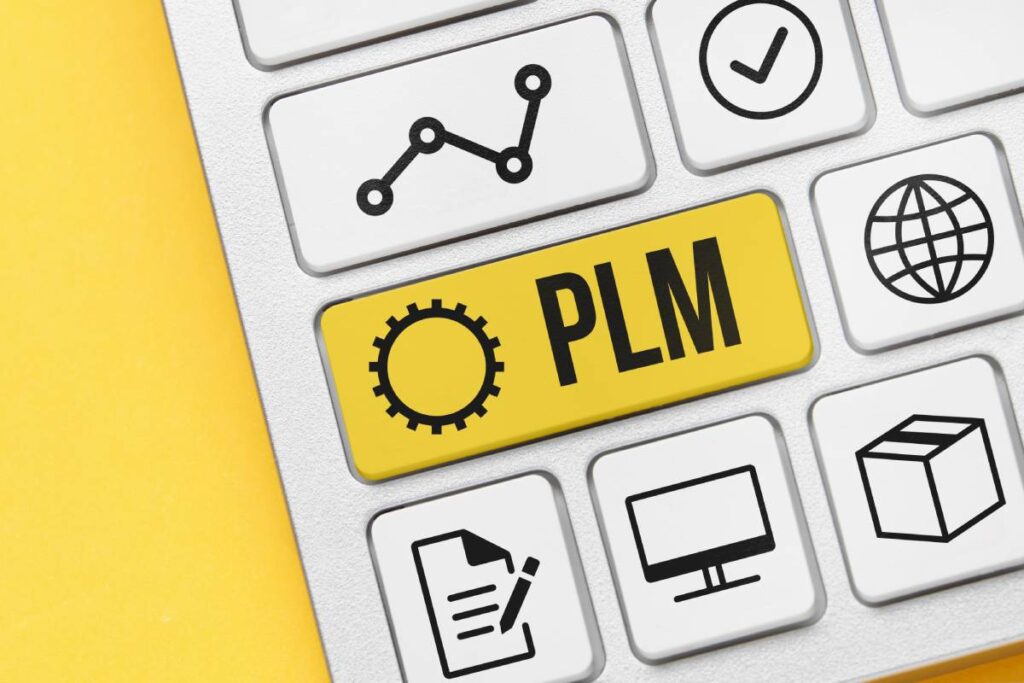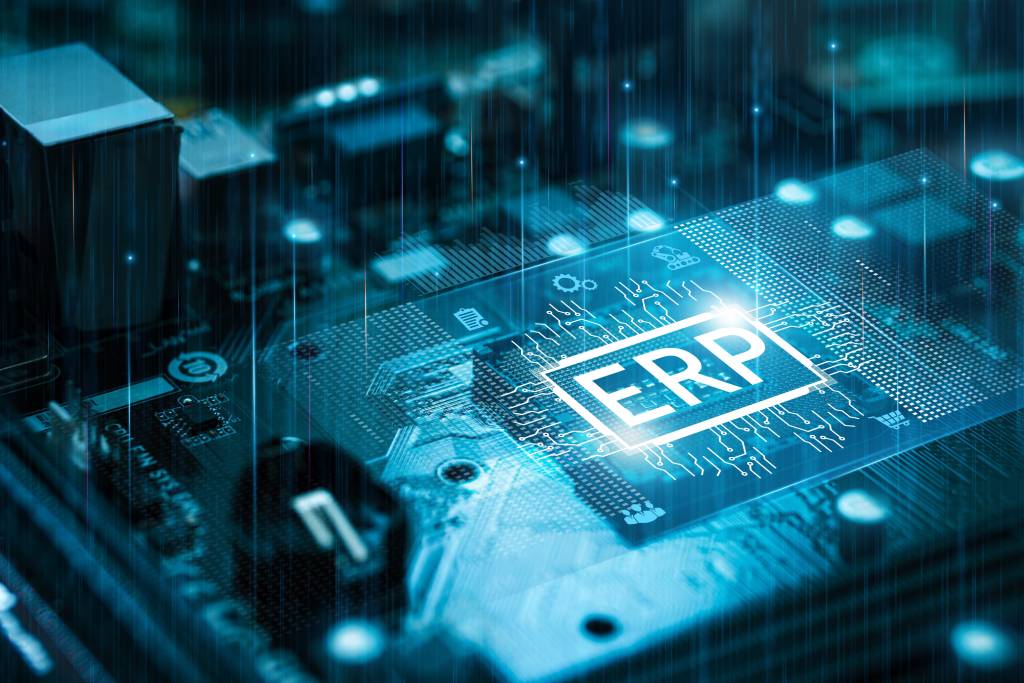
Summary: Understanding PLM vs ERP
- PLM focuses on product design and lifecycle management.
- ERP manages business operations like finance and supply chain.
- PLM improves innovation; ERP enhances efficiency.
- Integration boosts collaboration and reduces errors.
- Most manufacturers benefit from using both systems together.
In today’s fast-paced manufacturing environment, efficiency is everything. Companies rely on advanced software tools to manage operations, accelerate product development, and streamline workflows. Two of the most critical systems that help businesses operate efficiently are Product Lifecycle Management (PLM) and Enterprise Resource Planning (ERP). While they may seem similar at first glance, PLM and ERP systems serve distinct roles in the product development and delivery process.
This blog explores the difference between PLM and ERP, compares PLM vs ERP systems, and helps answer the question: Is PLM or ERP better for your business?
Understanding PLM Systems
PLM stands for Product Lifecycle Management. A PLM system is designed to manage the entire lifecycle of a product, from its initial idea and design to production, maintenance, and disposal.
PLM systems help teams manage:
- Product design and development
- Product information including specifications, revisions, and change history
- Bill of Materials (BoM) for complex product structures
- Quality control and compliance documentation
- Collaboration between engineering, design, and manufacturing teams
By providing a single source of truth for all product-related data, PLM systems improve real-time visibility, accelerate decision-making, and support faster time to market.
Understanding ERP Systems
ERP stands for Enterprise Resource Planning. ERP systems are designed to manage core business processes, such as accounting, procurement, manufacturing, supply chain management, human resources, and customer relationship management.
An ERP system streamlines and integrates business operations by:
- Managing inventory, materials, and resources
- Automating financial and accounting tasks
- Supporting production process planning and execution
- Enhancing order fulfillment and delivery
- Enabling operational efficiency and cost control
ERP provides real-time data across departments, helping businesses respond to changes and operate more efficiently.
PLM vs ERP: Key Differences
The difference between PLM and ERP lies in their core functions. PLM focuses on managing product innovation and development, while ERP is centered around managing business operations.
| Feature | PLM System | ERP System |
| Primary Focus | Product development lifecycle | Operational execution |
| Key Users | Engineers, designers, product managers | Finance, HR, logistics, operations |
| Data Managed | Product specs, design files, BoMs | Inventory, orders, financials |
| Goal | Improve design and reduce time to market | Improve efficiency and reduce costs |
| Lifecycle Stage | Early-stage innovation to production | Production to delivery and post-sales |
PLM vs ERP Pros and Cons

When evaluating PLM vs ERP systems, it’s important to consider the strengths and limitations of each:
PLM Pros:
- Centralizes product information
- Enhances collaboration across departments
- Improves design and quality control
- Reduces time to market for new products
PLM Cons:
- Limited support for supply chain and operations
- Often requires integration with ERP for full functionality
ERP Pros:
- Manages core business functions effectively
- Provides real-time data across departments
- Supports compliance and financial reporting
ERP Cons:
- Less suited for early-stage product development
- May lack robust tools for engineering and design teams
Is PLM or ERP Better?
The answer depends on your company’s specific needs. If you’re primarily focused on product design and development, a PLM system offers tools built to manage the complexities of that process. If your needs center around day-to-day operations, supply chain management, and finance, an ERP system may be the better fit.
In reality, most manufacturers need both. PLM and ERP systems manage different but complementary parts of the product lifecycle and business process.
PLM vs ERP System: Why Integration Matters
Rather than thinking of PLM vs ERP as an either-or decision, many companies are integrating PLM and ERP to build a more seamless digital environment.
Integrating the two systems offers benefits such as:
- Reducing data duplication and manual entry
- Ensuring consistency between design and production
- Improving change management and traceability
- Creating a unified view of product and business data
For example, when a change is made in the BoM during design, an integrated system can automatically update the ERP system to reflect the change, avoiding costly errors in production or procurement.
When to Invest in PLM, ERP, or Both
Here are some tips to help you decide which system to prioritize:
Invest in PLM if:
- You design complex products with multiple components
- You need better collaboration between engineering and manufacturing
- Your current process for managing product data is manual or fragmented
Invest in ERP if:
- You need to improve inventory tracking, procurement, or financial management
- You’re scaling operations and need real-time visibility into business functions
- You’re dealing with inefficient or disconnected legacy systems
Invest in both if:
- You want to streamline the entire product lifecycle from design to delivery
- You want to increase visibility and alignment across all departments
- You want to support faster product launches and better customer service
The Bottom Line: PLM and ERP Work Better Together
Both product lifecycle management (PLM) and enterprise resource planning (ERP) systems are essential for modern manufacturing. They each support different parts of the way businesses operate, from initial design to final delivery.
Choosing between PLM vs ERP doesn’t have to be an either/or decision. When integrated, these systems provide the foundation for better collaboration, faster innovation, and greater operational efficiency.
By understanding the difference between PLM and ERP, you can make a strategic investment that aligns with your current needs and supports your long-term goals.
With the right approach and technology, your business can improve design, production, and delivery—all while staying competitive in a rapidly evolving market.
